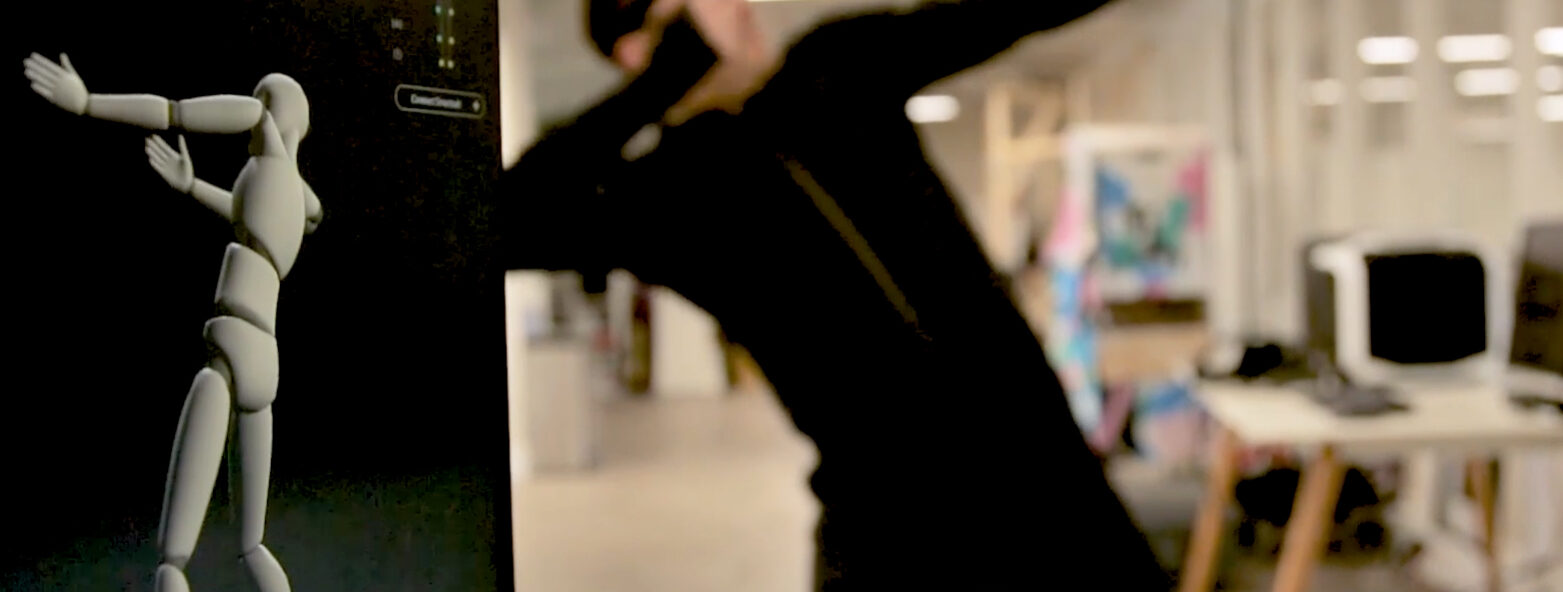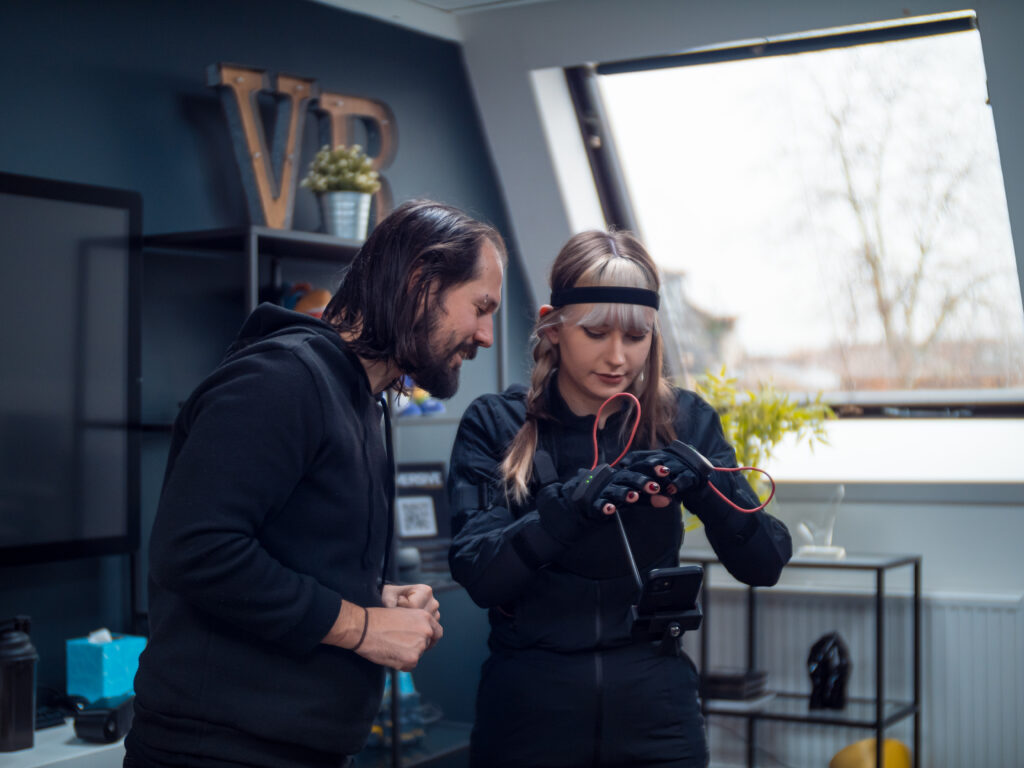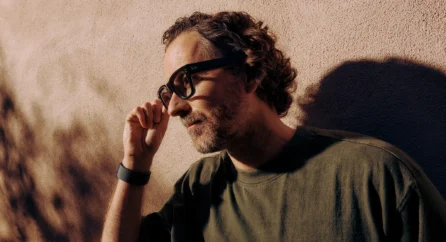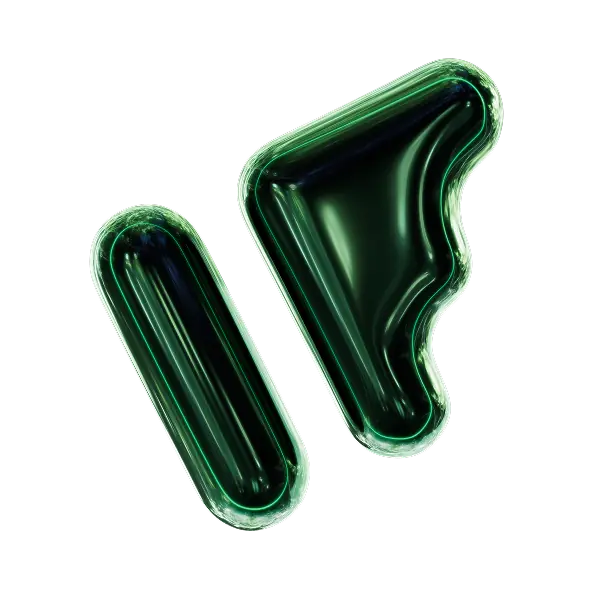Home Knowledge Base How markerless motion capture is transforming character animation
How markerless motion capture is transforming character animation
11th December 2018

As Lead Modeller at Infinite Form, Graham Jones not only creates a range of characters and environments on a daily basis, he also animates them too. Here, he discusses how markerless motion capture has helped make character animation quicker and easier.
What is motion capture?
Motion capture involves recording the movement of objects or people. While it is used across many sectors, from military training to film and video games, we use it primarily to record human actions and turn that data into digital character animations.
Traditionally, motion capture is achieved in a dedicated studio with multiple cameras tracking markers attached to an actor’s body. For smaller studios or independent developers, however, this can be prohibitively expensive. That is where markerless motion capture suits come in.
The all-in-one mocap suit
At Infinite Form, we use the Rokoko SmartSuit for markerless motion capture. The suit is fitted with sensors, each containing a gyroscope, accelerometer, and compass, which track location, speed, and orientation. These sensors send data to a computer in real time, which can then be turned into character animations using the software provided.
Benefits of markerless motion capture
Super fast results
A mocap suit lets you capture hundreds of movements in a single day. By comparison, a traditional studio setup or hand animation would take several days to achieve the same output.
Affordability
While not cheap, markerless mocap suits cost around £2000, far less than hiring a full studio, which can run into hundreds of thousands of pounds. This makes them ideal for small studios or independent developers.
Accessibility
Markerless mocap suits can be used anywhere — you are not restricted to a studio. You can even capture movements outdoors, though you should avoid strong magnetic fields that could interfere with the sensors.
Easy to use
The software integrates with all major engines, including Unity 3D, Unreal Engine, and Autodesk, making the workflow straightforward and fast.
Any drawbacks?
Markerless mocap suits are not perfect. They perform best with stationary or casual movement, as there can be slight drift or floating limbs that need post-processing. Heavy metal, large speakers, or strong magnetic fields can interfere with the sensors. And while the quality is not as precise as a full mocap studio, the trade-off in speed, flexibility, and cost makes it a valuable tool.
Why markerless mocap is an excellent starting point
For studios with limited budgets, markerless motion capture offers a quick, accessible, and affordable solution for animating characters. It delivers good results in half the time of hand animation, making it invaluable for:
-
Tight deadlines
-
Animating multiple characters
-
Smaller or independent teams
For us at Infinite Form, it is the ideal shortcut to producing high quality character animation without breaking the bank.

Graham Jones
After studying Games Art and Design at NUA, Graham has had a varied career – from creating 3D training videos for the oil and gas sector to music video visual effects to children’s TV. He joined Infinite Form in early 2016 and leads all things creative for our XIST free-roam VR gaming system. Games design and visual storytelling are his key interests, so out of the office you’ll still find him designing animation and video games.
Related posts





